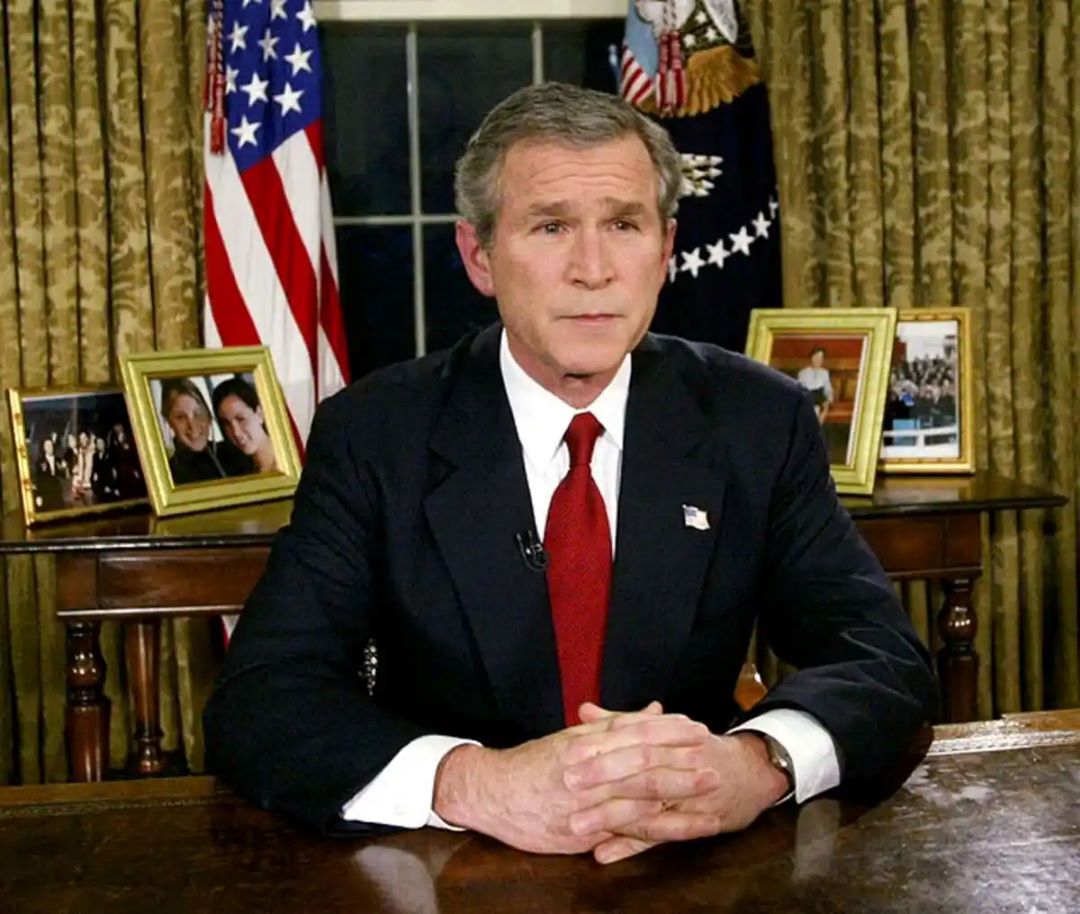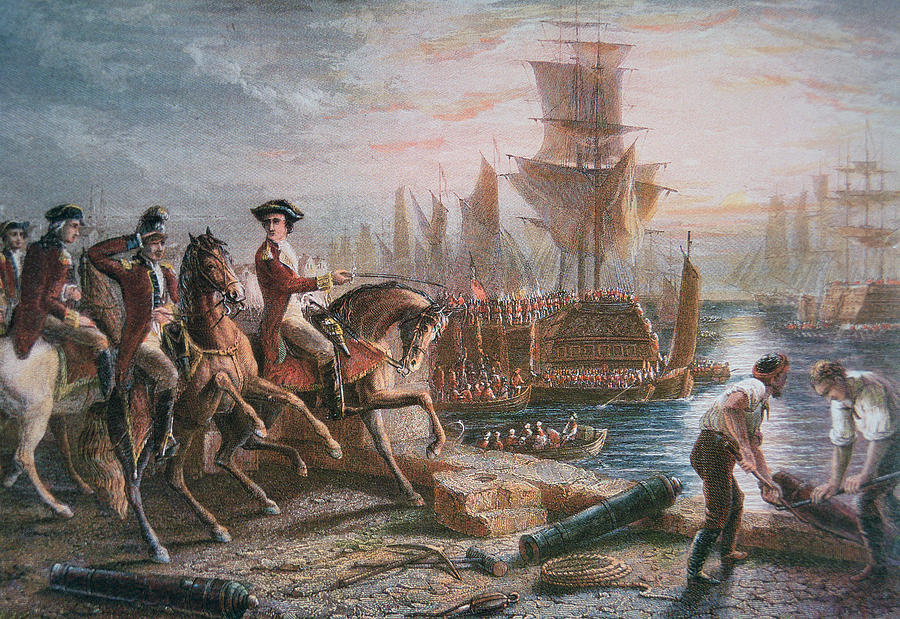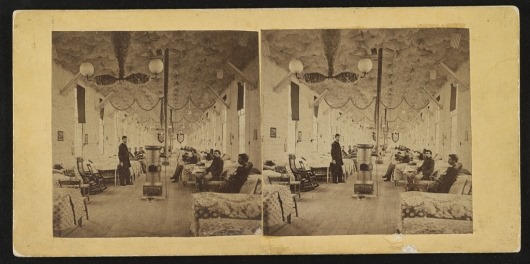
19 MARCH 2003 – OPN IRAQI FREEDOM AIR CAMPAIGN BEGINS -20th ANNIVERSARY
“My fellow citizens, at this hour, American and coalition forces are in the early stages of military operations to disarm Iraq, to free its people and to defend the world from grave danger.”
– Pres. G.W. Bush

“My fellow citizens, at this hour, American and coalition forces are in the early stages of military operations to disarm Iraq, to free its people and to defend the world from grave danger.”
– Pres. G.W. Bush


On 19 MAR 2003, Pres. Bush declared Operation IRAQI FREEDOM (OIF), a U.S.-led invasion of Iraq with the goal of deposing Saddam Hussein’s decades-old despotic regime and eliminating its capacity to create or utilize weapons of mass destruction. #USArmy #TRADOC #IraqWar @USArmy
The U.S. Army’s involvement in OIF began on the night of 19 MAR, when the 160th Special Operations Aviation Regiment (SOAR) attacked enemy border observation stations in the country’s southwest.
#ArmyAviation #Blackhawk #MilitaryHistory #OIF #OperationIraqiFreedom #WarOnTerror
#ArmyAviation #Blackhawk #MilitaryHistory #OIF #OperationIraqiFreedom #WarOnTerror

Using MH-60 “Black Hawk” Direct Action Penetrator and AH-6M “Killer Egg” attack helicopters, the 160th SOAR rapidly eliminated over 70 Iraqi observation posts, crippling the enemy’s ability to effectively gauge the size and scope of the incoming ground assault. @TRADOC @SecArmy 

Carried out in conjunction with other service branches’ airpower, this initial wave of aerial attacks was intended to degrade Iraq’s defensive capabilities before a ground assault. The “shock and awe” tactics deployed were also intended to decimate enemy morale. @ArmyChiefStaff
• • •
Missing some Tweet in this thread? You can try to
force a refresh


















